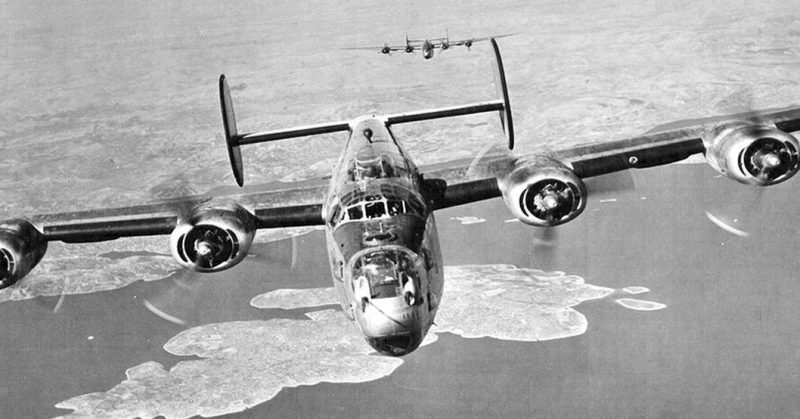Tom Schindler was 7 months old when his father, Staff Sgt. Eugene J. Darrigan, was killed in World War II. Now 74 years old, he finally knows where his father’s remains have been for all these decades.
When Darrigan was 26 years old, he served as the radio operator aboard the B-24 Liberator bomber named “Heaven Can Wait.” It was part of the 90th Heavy Bombardment Group known as the “Jolly Rogers.”
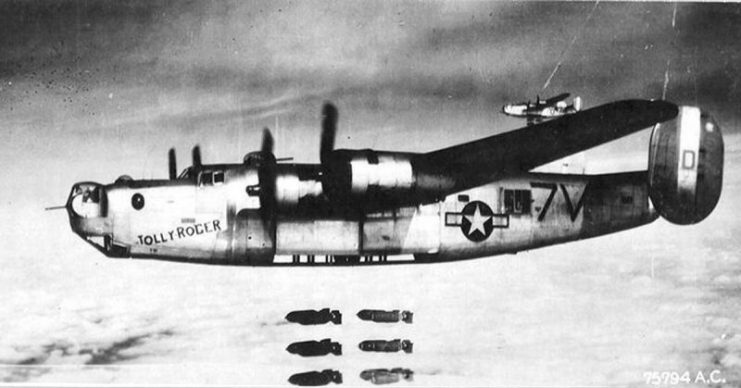
On March 11, 1944, the plane was hit by Japanese anti-aircraft fire while flying a mission above Wewak, New Guinea. The plane crashed into the South Pacific and could not be located. All eleven members of the crew were lost with the plane.
Ginny Pineiro, 78, is Schindler’s cousin, although the two only learned of their relative’s existence three years ago when Schindler’s wife began researching his genealogy. Darrigan was Pineiro’s uncle and godfather.
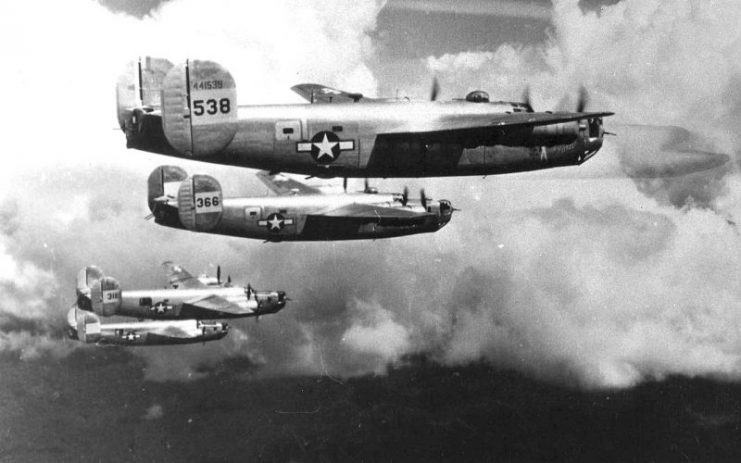
When Pineiro sat down with the Saturday paper, she saw the headline, “WWII flier’s remains found: Darrigan was war’s 1st Wappinger casualty,” and immediately called Schindler.
According to the mayor of Wappingers Falls, the community is tight-knit. He said that it “feels like a family member has been found.” The mayor has invited Schindler to a ceremony later this year to commemorate his father’s service, possibly on National POW/MIA Recognition Day in September.
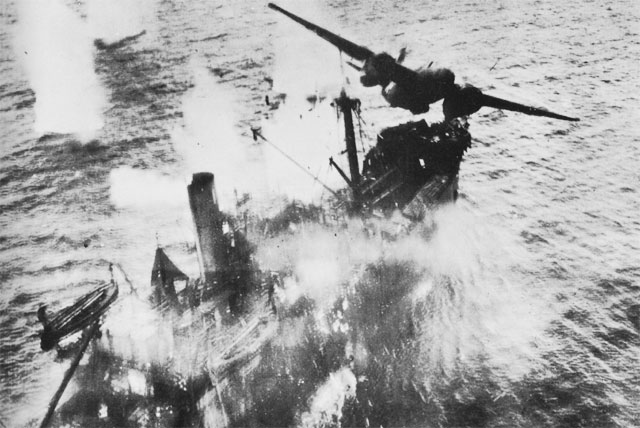
Darrigan worked for the W.T. Garner Engine Company in Wappingers Falls before he enlisted on November 21, 1942. He served in the South Pacific for four months before the crash. He was posthumously awarded the Purple Heart and the Air Medal.
The wreck, along with the remains of all eleven crew members, was discovered in October 2017, and all the findings have been handed over to the Department of Defense POW/MIA Accounting Agency (DPAA). The DPAA is responsible for identifying and repatriating the remains of service members killed overseas.
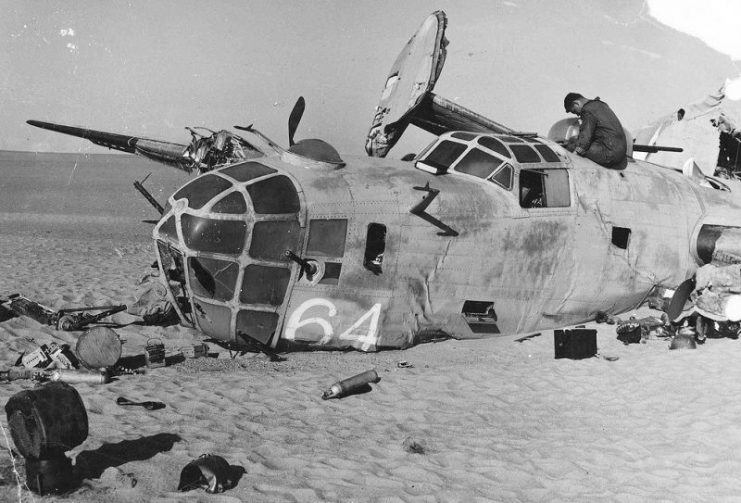
Schindler’s mother eventually remarried. She told Schindler about his father’s bravery when he was in the third grade.
Both Schindler and Pineiro are thrilled that they will be able to bring Darrigan home after all these years.
Tom Kelly also served on “Heaven Can Wait.” He was the bombardier on their mission to bomb Japanese anti-aircraft batteries at Hansa Bay.
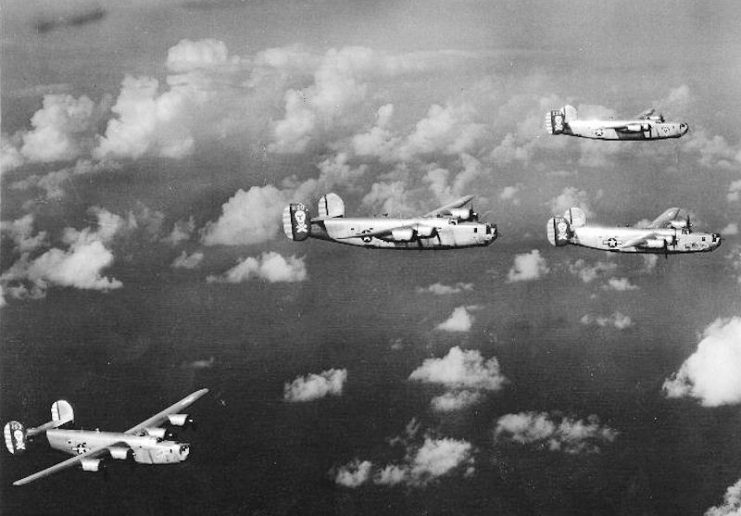
Kelly’s cousin Scott Althaus and his family spent four years researching that crash. They gave the information they had found to Project Recover, a group of marine scientists, archaeologists, and historians that search for the remains of US servicemen around the world.
Eric Terrill is the co-founder of Project Recover and a Scripps Oceanographer. He says that it seems easy enough to look at an “X” on a map and say that the crash site is there. Then you realize that the “X” covers several square miles of ocean.
In October, the team set out with robots to survey the area in which they believed “Heaven Can Wait” was resting. After eleven days of searching, covering over six thousand acres, they found the plane.
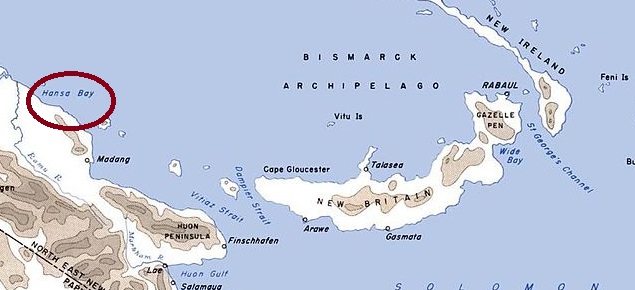
According to Terrill, finding the site was bittersweet. He called it “humbling” to know that “this is really a grave site of historical importance.”
Althaus called it a “priceless gift” to be able to see the grave of his cousin for the first time in 74 years.
The “Jolly Rogers” heavy bomb group took its name from their commanding officer, Colonel Art Rogers. Headquartered in Brisbane, Australia, it was crucial to the Allied war effort in the South Pacific. They ran many bombing runs, often catching the Japanese planes still on the ground.
There are still over 72,000 US service members missing from WWII.
